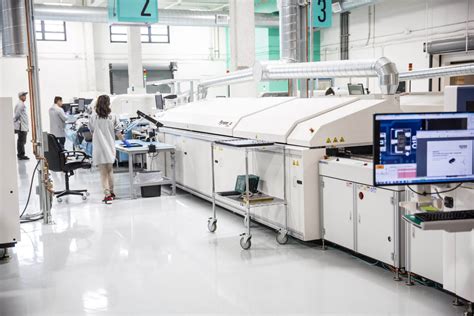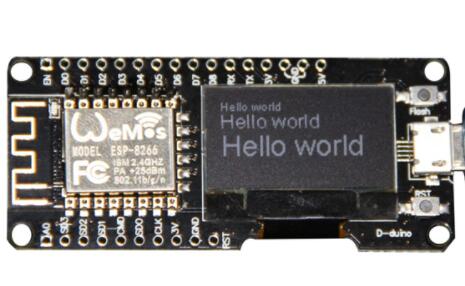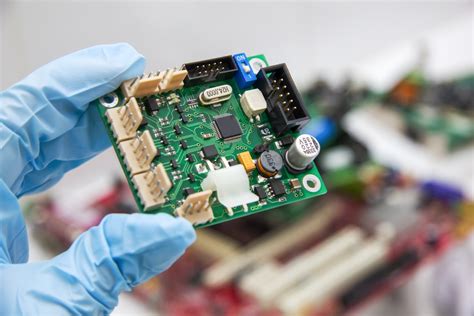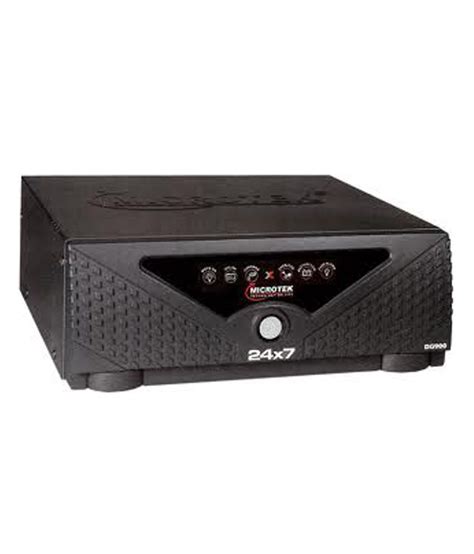Surface mount pcb assembly-PCBA factory
Surface mount PCB assembly is a process of mounting electronic components onto a printed circuit board (PCB). This process involves
placing the components onto the surface of the board and then soldering them in place. This method of assembly has become
increasingly popular in recent years due to its many advantages over traditional through-hole assembly.
One of the main advantages of surface mount PCB assembly is its smaller size.
The components used in surface mount assembly are
much smaller than those used in through-hole assembly, which means that the resulting PCB is much smaller and more compact.
This is especially important in the design of modern electronic devices, where space is often at a premium.
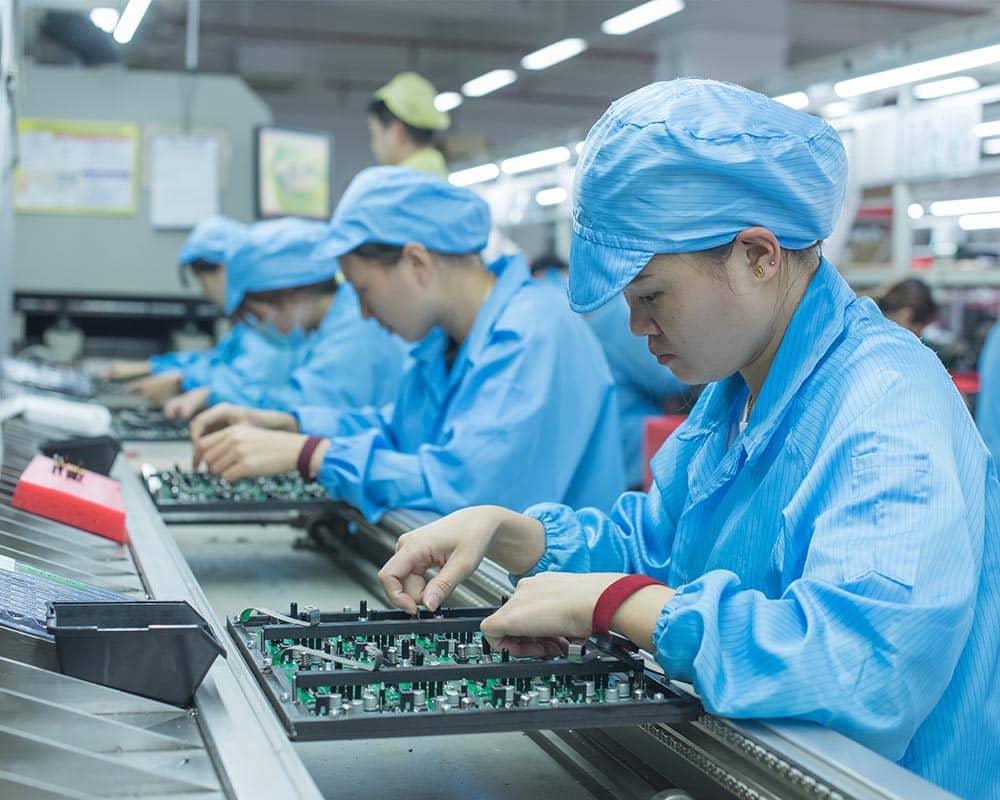
Another advantage of surface mount PCB assembly is its higher component density.
Because the components are mounted directly onto
the surface of the board, there is no need for leads or wires to connect them to the board.
This means that more components can be packed onto the same size board, resulting in a higher component density and a more efficient use of space.
Surface mount PCB assembly also offers improved performance over through-hole assembly.
Because the components are mounted directly onto the board, there is less chance of them becoming loose or damaged due to vibration or other environmental factors.
This means that the resulting PCB is more reliable and less prone to failure.
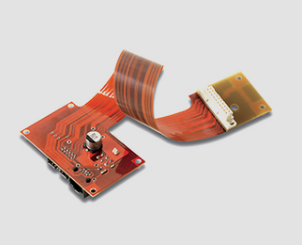
The surface mount PCB assembly process itself is also more efficient and cost-effective than through-hole assembly.
Because the
components are mounted directly onto the board, there is no need for manual insertion or soldering of leads or wires.
This means that the assembly process can be automated, resulting in faster production times and lower labor costs.
There are, however, some challenges associated with surface mount PCB assembly.
One of the main challenges is the need for precise placement of the components. Because the components are so small, they must be placed with a high degree of accuracy in order to ensure proper functioning of the PCB.
This requires specialized equipment and skilled operators.

Another challenge is the need for proper soldering techniques.
Because the components are mounted directly onto the board, they must be soldered using specialized techniques that ensure a strong and reliable bond.
This requires specialized equipment and skilled operators, and can be difficult to achieve without proper training and experience.
Despite these challenges, surface mount PCB assembly offers many advantages over traditional through-hole assembly.
Its smaller size, higher component density, improved performance, and cost-effectiveness make it an attractive option for modern electronic device design and production.
As technology continues to advance, it is likely that surface mount PCB assembly will become even more prevalent in the electronics industry.




